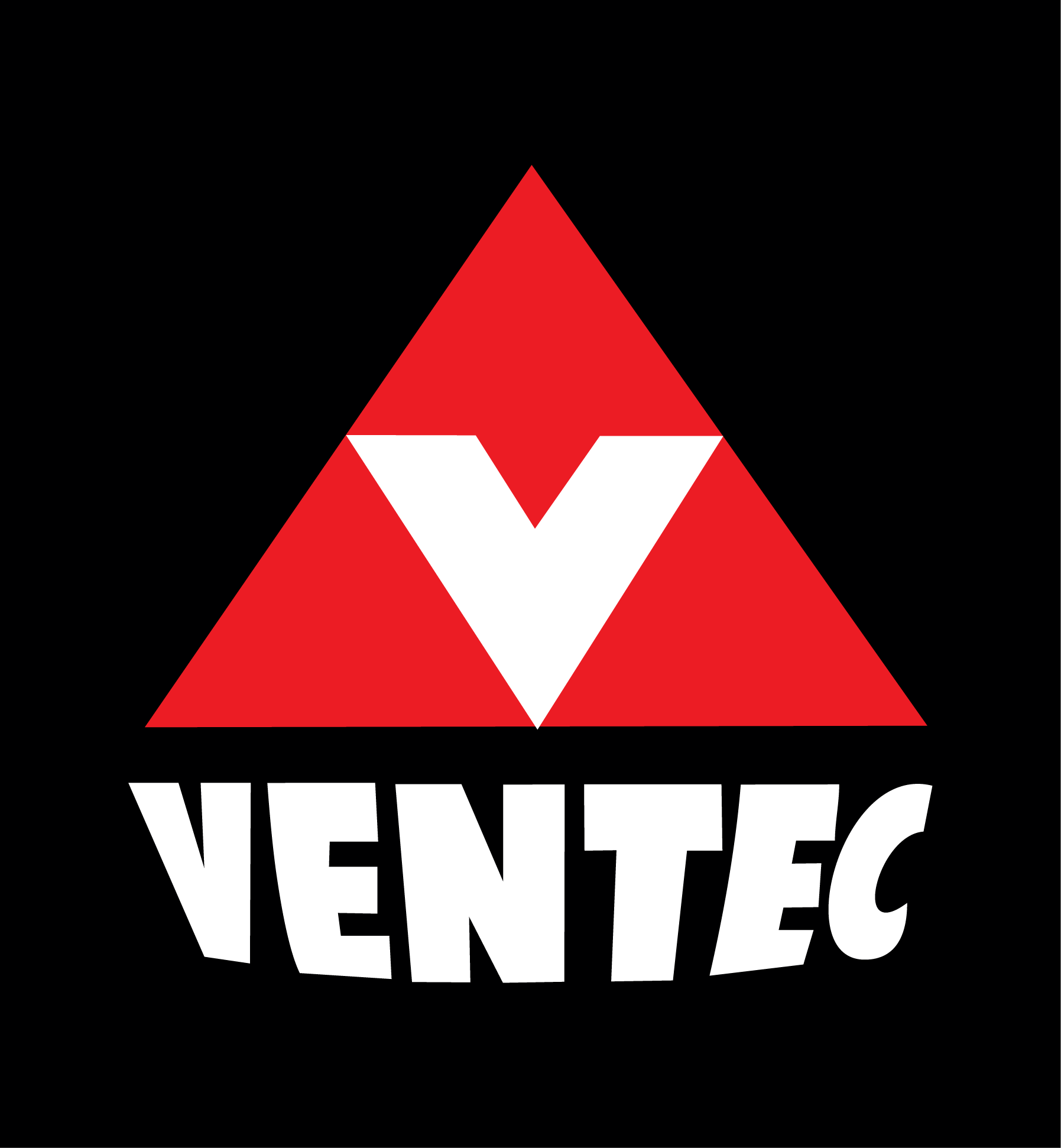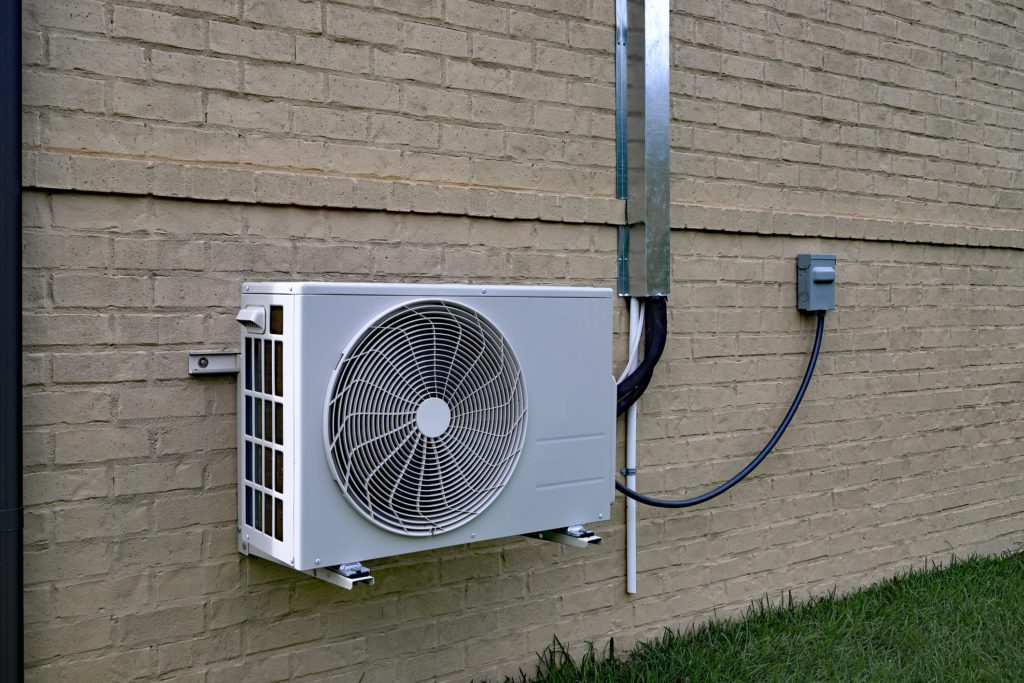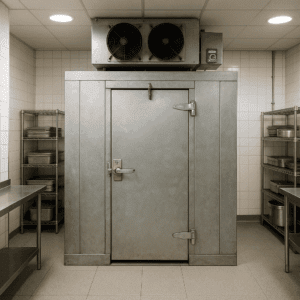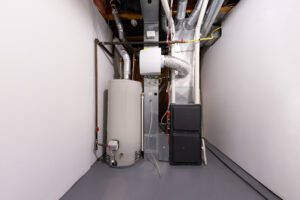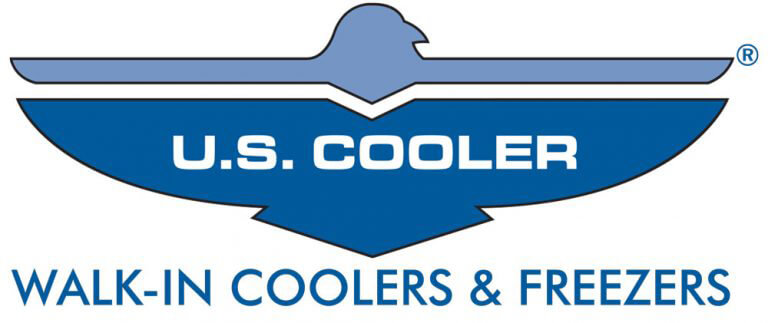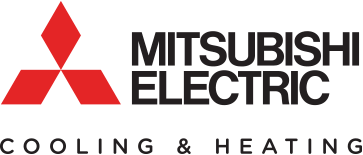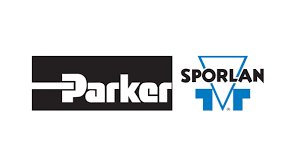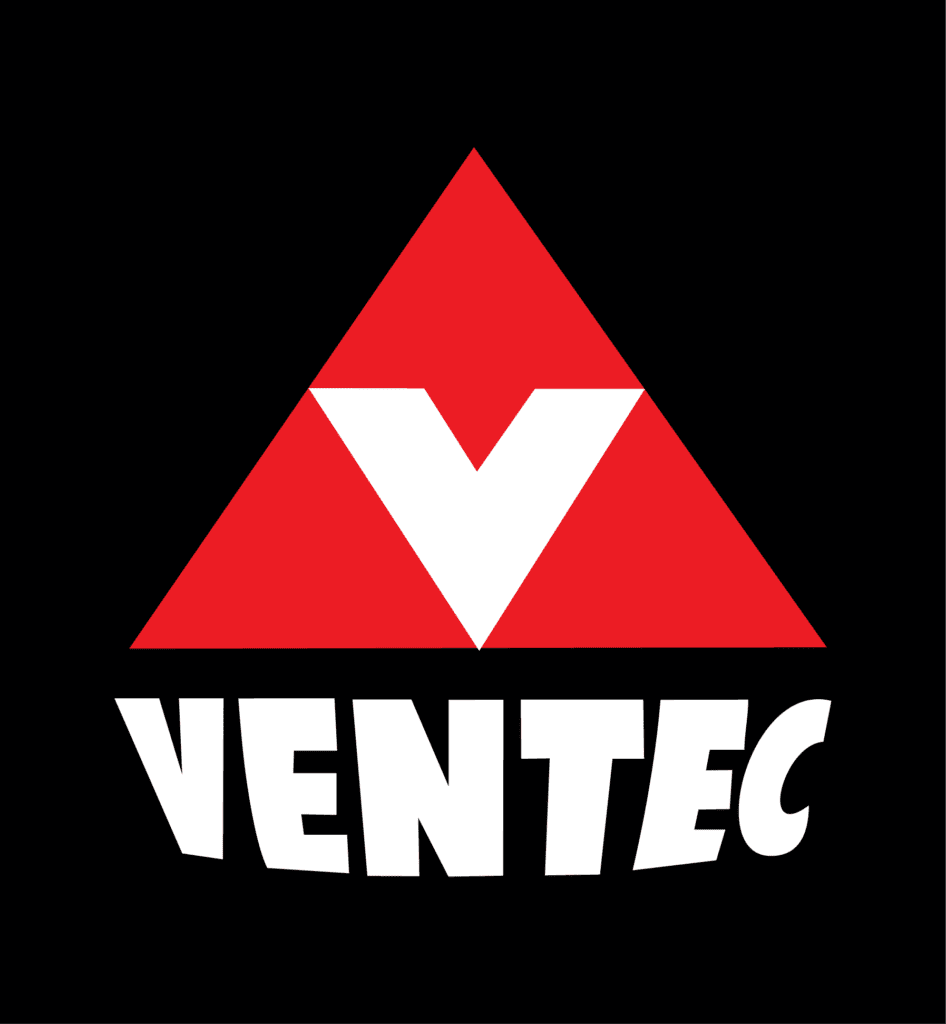Should I Replace My Central Air With Ductless Mini Splits?
Whether you have a central air conditioning system or are considering having a system installed, it is essential to know and understand the HVAC options before you.
Many homeowners use a central air conditioning system, whereas others use a ductless one. Each design offers a variety of benefits to keeping your home comfortable throughout the seasons.
If you already have a central air conditioning system, you may wonder if you should switch to a ductless system. At VENTEC Refrigeration, we’ve put together a guide on ductless systems to help you make an informed decision.
What is a Ductless Mini Split?
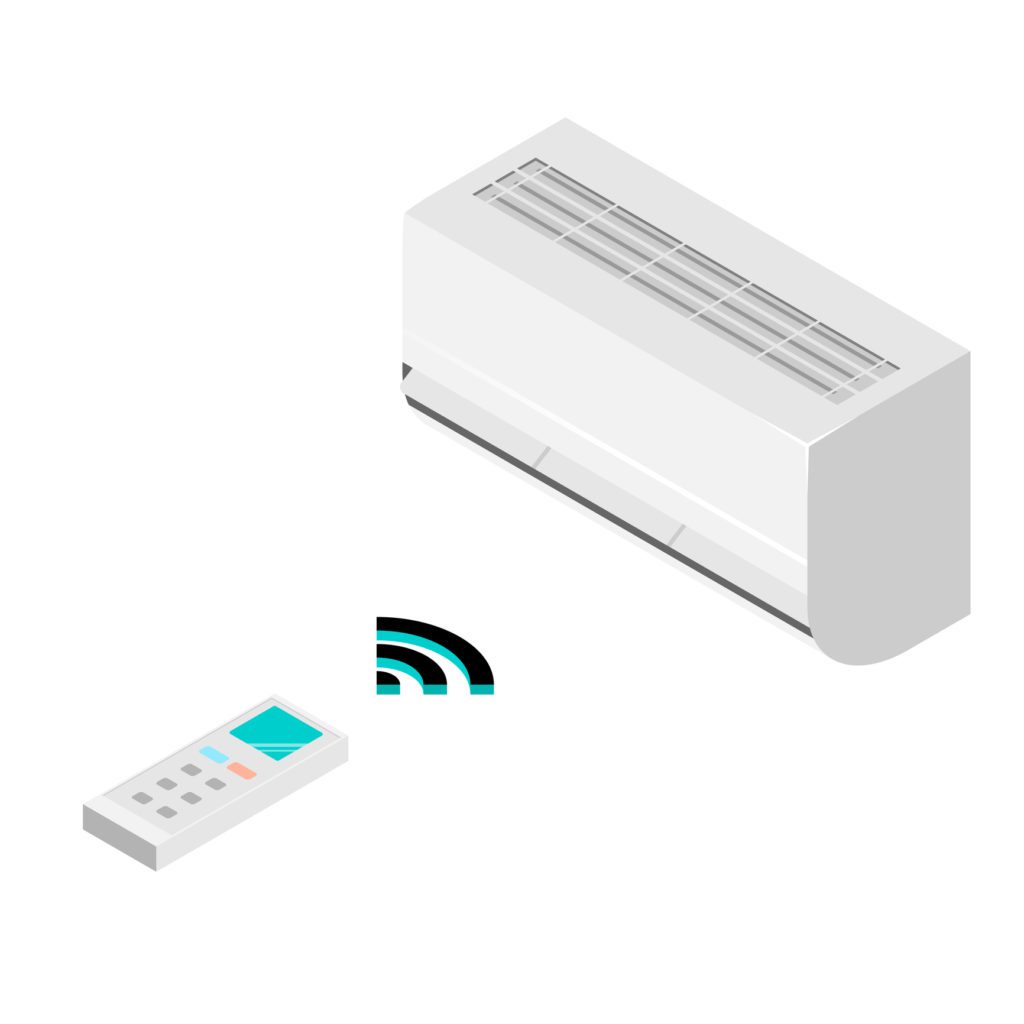
A ductless heating and cooling system is comprised of three major components, including:
- An outdoor unit
- An indoor wall or ceiling-mounted unit
- Remote control or thermostat
This system also features two-way heat pumps that transfer heat between the outdoor and indoor air. This is done by compressing and expanding refrigerant or high-pressure liquid.
The mini split unit collects heat from the outside, delivering that heated air to the inside of the house when you need heat, and when you need to cool your home, it pumps the indoor heat to the outdoors. The unit features variable speed compressors with interior technology that allows the heating and cooling to work smoothly by transferring the AC or alternating current to DC or ‘direct current’.
My Current Air Conditioner Already has Ducts. Should I Keep it?
In some cases, you may want to keep your existing climate control, but not all. Ducts are important to your central AC system and your furnace or heat pump. When you already have ducts installed, it doesn’t cost much upfront to get a new central air system.
On the other hand, ducts require regular cleaning as they can build up dust, dirt, and other debris. Leaks can also form in ducts which can impact both your comfort and your energy costs.
If you need to cool or heat your entire home, it’s recommended that you stick with your central air and heating system.
On the other hand, if you have rooms you don’t use, why pay to heat and cool them? With a ductless system, you can choose which rooms need to be cooled and heated. This will keep your energy bills low while allowing you to control the temperature of each room in the home individually.
Additionally, it takes less time for those rooms to reach the desired temperature since the unit in that room does not have to push air to the other areas of the house.
Will a Ductless System Provide Better Air Quality?
Everyone wants good air quality, especially if you or your family suffers from allergies, COPD, asthma, or other respiratory difficulties. As we mentioned above, ducts can accumulate dust, dirt, and other debris that can further irritate these conditions.
While adding additional air filters or purification systems to your air ducts can reduce these triggers and improve air quality, you can remove this worry with a ductless system.
If you replace your HVAC with ductless, there are no ducts, so this eliminates the need and the cost of cleaning the air ducts or installing filtration to provide better air quality. The only place the dust and allergens gather is in the filter on the mini split, which can easily be taken care of by the homeowner.
Pros and Cons of Switching to a Ductless System
Like with any purchase for your home, a ductless heating and cooling system has positives and negatives depending on the needs of your home. Let’s look at some pros and cons of ductless HVAC systems:
Cost
Pro: Cut Your Energy Costs Long Term
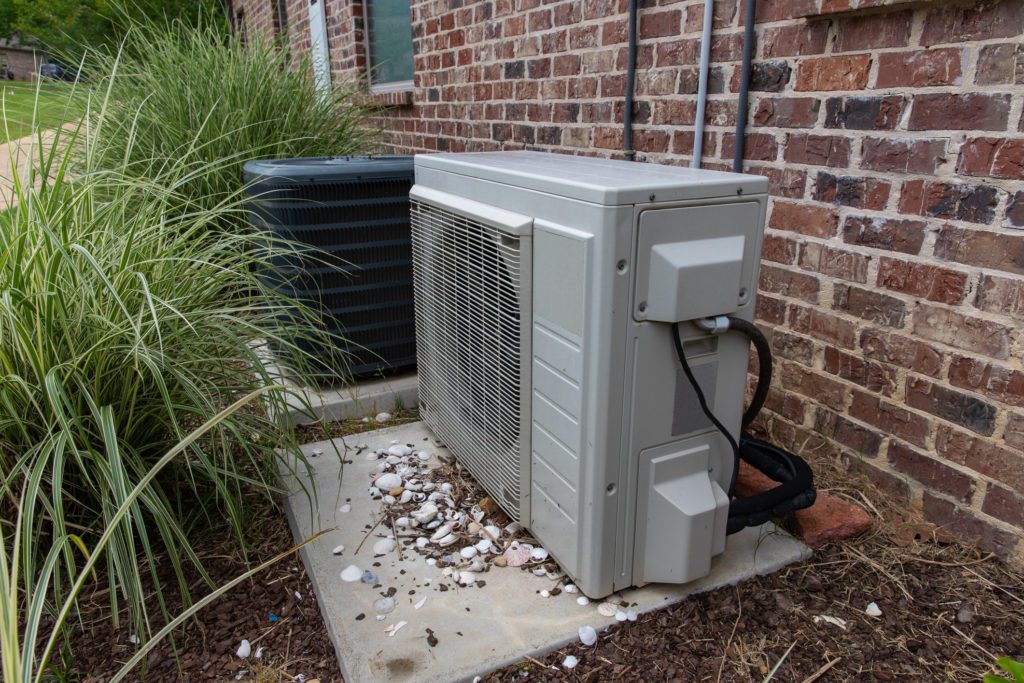
When you switch to a ductless mini splitsystem, you can expect to lower your electrical heating cost by 25-50%. A ductless air conditioner is typically more cost-efficient over time and helps you save on utility bills month to month.
While the initial cost is higher, it eventually pays for itself. You also won’t need to use a separate furnace system which will save you significant amounts of energy, as well as free up some space in your basement.
Con: Higher Upfront cost
While these systems are easy to install, they cost more upfront, in most cases thousands rather than hundreds like a baseboard heater. You will need an initial quote from your contractor for the unit and the installation expenses. Your cost will include the cost of the unit, the labor for installation, and any additional logistics or extra components that go into the installation process.
The cost of your ductless system will depend on the size of the system, the quality of the system and components, as well as the specific application and the feature or capabilities of the ductless unit. You also need to consider how many units are needed for the home when determining your cost. The size of the room and the climate of where you live will be involved in the unit required.
Functionality
Pro: Supplement or Replace Baseboard Heating
If you are looking to replace your baseboard heating, electric furnace, electric plug-in heaters, ceiling heaters, or wood stove, then ductless units are a great option. With a mini split ductless system, you can add an air conditioning and heating system to new construction, or you can replace an older system that you already have installed in your existing house. These energy-efficient ductless systems will save you money while being durable and quiet.
A ductless system is also safer. Baseboard heat is installed low to the ground, which can pose a threat to children or pets, whereas ductless units are installed higher and out of the way.
Con: Requires Regular Maintenance
Mini split ductless air conditioners or heat pumps require cleaning the filter monthly or more, depending on whether you have pets or smoke. These systems can’t handle accumulating debris since they don’t have untold feet of ductwork, so ignoring the cleaning can lead to the need for costly professional cleaning.
Once you reach this point in the need for cleaning, you are spending more money, and you also are risking shortening the lifespan of your ductless unit.
That being said, changing the filter on your mini split is minimal extra work, if any, when looked at alongside the long-term savings and air quality benefits.
Installation
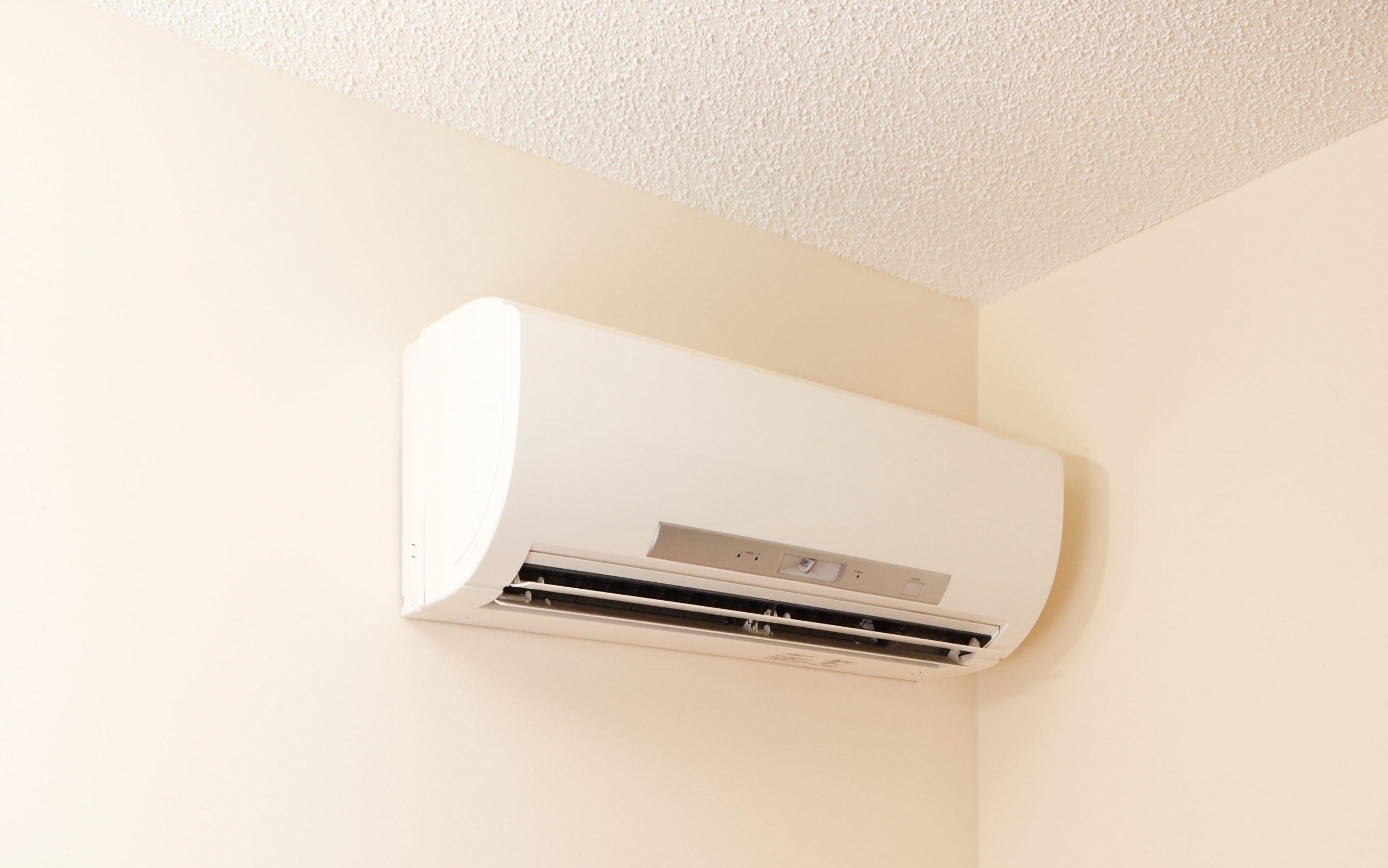
Pro: Easy Installation
When installing a ductless system, we just need to make three small holes in the wall per unit, and then we can install your mini split unit, which is pre-charged with refrigerant. This helps cut down on the amount of energy it needs to function.
Con: May Affect Your Home’s Aesthetic
Mini split ductless systems are not always aesthetically pleasing to look at. They are typically white or beige, which may not meet your style requirements. The indoor units may not flow with the design and mood of your home.
Mini-splits take up space further up on your wall but keep in mind they do not require as much space throughout your home as a central air conditioning system.
Ductless HVAC Installation in Pittsburgh
Our expert technicians can install a new ductless system for new construction or replace your existing residential heating and cooling system. Contact us today to get started with your new mini split system!
John O'Connor
Operations Manager
John worked at Ventec Refrigeration for a decade serving Western Pa's Refrigeration and HVAC needs as the Operations Manager at Ventec. He is now retired, but his impact and knowledge live on at Ventec.
